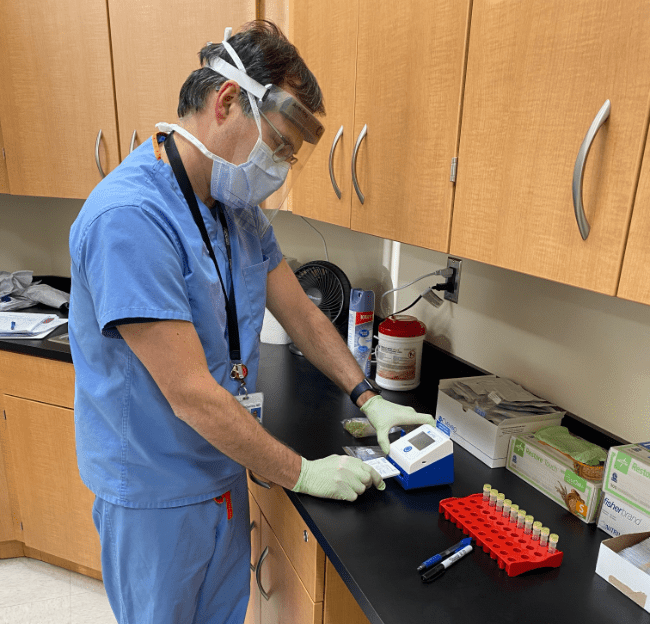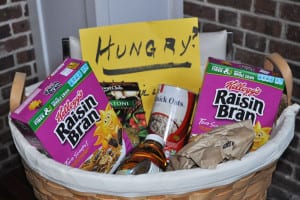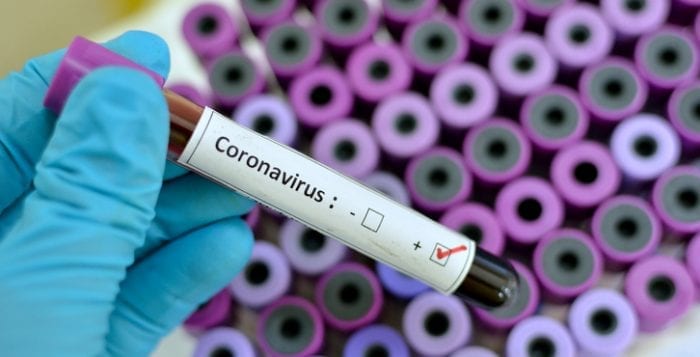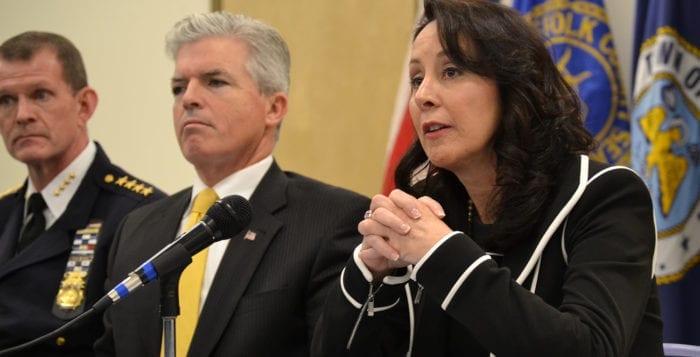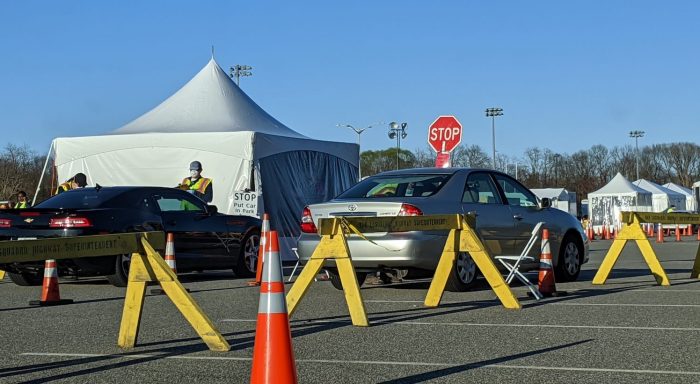By David Dunaief, M.D.

COVID-19, a strain of the coronavirus, is now a pandemic. I have been barraged with questions from patients, neighbors and friends. They are right to be asking questions, because there is not enough information being circulated about how to protect yourself and your family.
Key elements
The key weapons we have in this fight against COVID-19 are containment and mitigation. A lot has been shared about containment by the Centers for Disease Control. Containment is reducing the incidence of new cases to a goal of zero, thus flattening the prevalence curve so this virus is no longer infecting anyone. This requires social distancing, hand washing for at least 20 seconds, surface cleaning, and avoiding touching your eyes, nose and mouth (1). If you have not already, I encourage you to review the guidelines at www.cdc.gov/coronavirus.
There is less information being provided about how we can minimize the severity of the disease if we are infected. This is mitigation. Mitigation is about preparing ourselves, so we experience an asymptomatic or a mild form.
Who is most at risk?
According to a study focusing on Wuhan, China findings, people most at risk are those who have chronic diseases, with high blood pressure, diabetes and heart disease being the three most common (2). Also at risk are those who are “older,” that is 60 years or older, for they are more likely to have weakened immune systems and increased inflammation.
Managing your immune response
Ultimately, the goal is to have a healthy, appropriate immune system response. If the immune system “under-responds,” the virus’s symptoms will be more severe. Another term for this is immunocompromised.
If the immune system is overstimulated, your white blood cells are more likely to attack healthy tissue and cause further damage, exacerbating the situation. This sometimes happens after a heart attack, where the immune response is overzealous, targets healthy tissue and causes dysfunction in the heart. This process is called remodeling.
The goal is to create a healthy/strengthened immune system — not to boost and not to suppress the immune system. You want the “Goldilocks” of immune responses: not too little, not too much, but just right.
What can be done?
The best methodology here is to lean on what I call the four pillars of lifestyle modification: diet, exercise, stress management, and sleep.
Diet. By implementing a nutrient-dense, whole food plant-based (WFPB) diet or, more specifically, what I call a “Low Inflammatory Foods Everyday (LIFE) diet,” you can rapidly improve or even reverse these chronic diseases, decrease inflammation and strengthen your immune system, which will decrease your chances of dying from the virus.
The Lancet study referenced above found that inflammation and a weakened immune system were central to determining how people will do on entering the hospital.
What I’ve found with the LIFE diet in my practice is that people have white blood cells that are on the low end of the scale, between 2.5-4.5, rather than in the middle or upper range of 6.0-10.8. Typically, my patients’ white blood cells when they get sick stay within the normal range of 3.4-10.8. In fact., I had a patient who recently got a cold virus: their white blood cells were 3.4 before they got sick, and they rose to only 7.8, well within the normal range. This resulted in a targeted response with recovery in a very short time period.
For those with healthy immune systems, if they do get the coronavirus, their response will be more likely targeted instead of a disproportionately large response that starts killing the virus but also the healthy tissue in the lungs, leading to increased inflammation and fluid build-up in the lungs. Dr Fauci has warned this could potentially happen – what is called a cytokine storm – although the chances are very small. Ultimately, the immune system in these situations contributes to the problem, instead of helping.
So, what can you do to incorporate LIFE diet habits into your daily routine?
Focus on fresh and frozen fruits, vegetables and legumes. This is very important. With vegetables, the focus should be on dark green leafy vegetables, such as spinach, bok choy, kale, broccoli and cauliflower, as well as mushrooms. More is better. You cannot have too much. For fruits, apples have shown to play an important role in lung health, and all types of berries have high anti-inflammatory effects.
WFPB diets ultimately help with inflammation and immune strengthening and also support reduced stress and better sleep. The reason for these effects may have to do with the microbiome, the microbes living in your gut, which are an important determinant of how your immune system functions. Seventy percent of your immune cells are in your gut.
You can test for inflammation by looking at both white blood cell count and high sensitivity CRP (hsCRP). Beta carotene levels in the blood are a way to measure nutrient levels. I recently published a study that showed there is an inverse relationship between beta carotene in the blood and inflammation measured through hsCRP. This showed a 75 percent reduction in inflammation with higher beta carotene levels achieved through a plant-rich diet focusing on dark green leafy vegetables.
Interestingly, you don’t seem to achieve the same reduction in inflammation from vitamins or plant-based powders as you do by eating actual fruits and vegetables and legumes.
Stress management and exercise. Please, don’t panic. When you stress, your body releases cortisol, or internal steroids, that actually weaken the immune system and increase your risk of serious infection. Techniques to reduce your stress include exercise, yoga and meditation.
Mild to moderate exercise can be effective, such as a walk or jog outdoors or up and down the steps of your home. Just because the gyms may be closed in your area does not mean you can’t get exercise. It is spring, let’s take advantage of the weather, which will also help with mood and stress.
You can also exercise your lungs using an incentive spirometer. My personal favorite is the Triflo II version, but there are many on the market. I recommend taking 10 breaths using the incentive spirometer twice a day. This can help expand your lungs and keep the aveoli healthy and open. Aveoli exchange oxygen and carbon dioxide molecules to and from the bloodstream.
Sleep. Exercise will also help with sleep, as will the LIFE diet. Getting enough quality sleep is important to strengthening the immune system. Quality, not quantity, is most crucial.
What if you are infected?
If you are infected, supportive care is most critical: stay hydrated; focus on foods with fluids in them to help with this, like fruits, vegetables, and low-salt vegetable-based soups; and sleep.
Importantly, stay away from NSAIDS. These are mostly over-the-counter medications such as ibuprofen, naproxen and even aspirin, but can be prescriptions such as diclofenac. These suppress the immune system, thus making it more difficult for it to fight (3)(4). The mechanism of action for this suppression of the immune system is an anti-inflammatory effect that is different and detrimental, compared to the favorable anti-inflammatory effects of a WFPB diet such as the LIFE diet.
Instead, you want to reduce fever using acetaminophen, or Tylenol. This will not have any effects on inflammation, thus not interfering with the body’s immune system. If you can’t tolerate acetaminophen for fever, some alternatives may be elderflowers, catnip (which is a gentle choice for children), yarrow, white willow bark, echinacea, and lemon balm, although there is little data on their effectiveness.
Do not hesitate to go to the hospital if you have difficulty breathing, persistent pain or pressure in your chest, new confusion or an inability to get up, or bluish lips or face. These are signs of potentially severe and life-threatening COVID-19 symptoms.
To sum it all up, chronic diseases and not managing those four lifestyle pillars are risk factors for dying from COVID-19. You can improve or reverse your chronic diseases, as well as strengthen your immune system and reduce inflammation through a plant-rich dark green leafy vegetable diet like the LIFE diet
References:
(1) cdc.gov/coronavirus. (2) Lancet. Published online March 9, 2020. (3) Lung. 2017;195(2):201-8. (4) Chest. 2011;139(2):387-94
Dr. David Dunaief is a speaker, author and local lifestyle medicine physician focusing on the integration of medicine, nutrition, fitness and stress management. For further information, visit www.medicalcompassmd.com.


